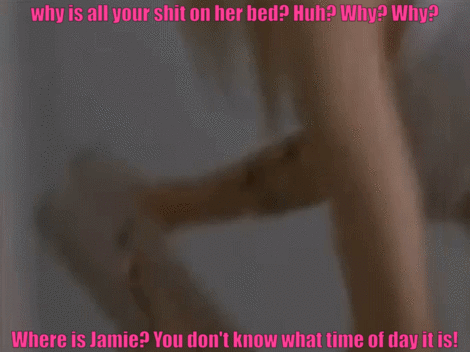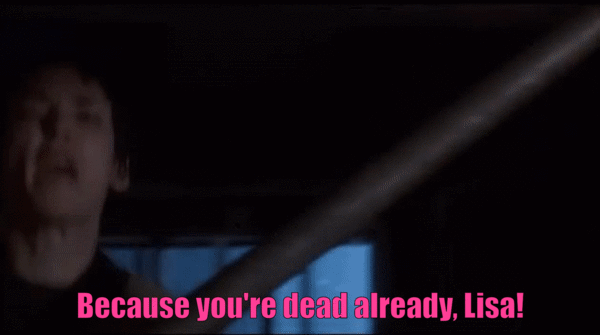On Friday, February 17th, 2017, I watched the movie Girl Interrupted which is a true story about Susana Kaysen’s stay in a mental institution during 1969.
To begin, the movie looks at women in the mental institution (Claymoore) in 1969. These girls include shoplifters, hookers, lesbians, borderline personalities, and sociopaths. While the sixties were a time of sexual revolution and the liberalization of society in general, ironically, women were making up the population of these mental institutions.
That being said, Susana Kaysen, the main character of the flick, is one of these women in the mental institution. Winnona Rider, an award winning actress, plays Susana Kaysen. More so, this character is promiscuous and rich, and she is diagnosed as borderline personality. Nonetheless, she likes to write and keep a journal about her daily activities. The movie revolves around her stay in Claymoore and we see it from her perspective.
Also, Lisa Rowe, another main character of this picture, resides in Claymoore. Notably, Angelina Jolie plays this character. Basically, this character is a diagnosed sociopath, and she dominates the girls. Essentially, Lisa runs the institution. As the movie plays, we learn about her anti-social behavior with a lawyer watching out for Lisa’s interest.
Interestingly, Susan has a compelling scene near the end of the movie. As Susana is chased down a dark hallway by the anti-social Lisa, she turns to answer Lisa’s question saying, “You’re dead already! No one cares if you die, Lisa, because you’re dead already! You’re heart is cold! That’s why you keep coming back here. You’re not free. You need this place to feel free! You need this place to feel alive! It’s pathetic!”
Alternatively, Lisa has a climatic performance in an ending scene. While chasing Susana down a dark hallway, Lisa says to Susana, “I’m talking to you! Where are you going? Susan! What, you don’t like me anymore? Cause you’re free? You think you’re free? I’m free! You don’t know what freedom is! You! You’re going to go choke on your average fucking mediocre life,” she mocks. “You know, there are too many buttons in the world. There are just too many buttons in the world. There’s way too many just begging to be pressed. Just begging to be pressed!”

What is more, Lisa Rowe has another riveting scene, which is early in the movie. As haunting music plays in the background and police bring Lisa into the institution after an escape, she screams at Susana saying, “Where is Jamie? [committed suicide] Who are you? Why is all your shit on her bed, huh? Why? Why? Where is Jamie? You don’t know what fucking day it is?…How did she do it? How did she do it? How did she do it, Valerie? Get the fuck off me!” This scene is highly charged with emotion and makes for a compelling scene.
Furthermore, the movie details turbulent times in US history. First, we hear news reports of the Vietnam war raging over the television in the institution living room. Second, we see hints of ending liberal Warren Court ideals like civil rights as protesters take to the streets via institution television. Third, we see television reports of the death of Dr. Martin Luther King, who was in the forefront of integration movement and racial segregation in the news. Finally, there are clips of the peace movement during the movie. Throughout the movie, we see society caught up in a draft and themes dealing with racism in the background.
Additionally, we learn about the medicalization of mental illness throughout the 1960s. Essentially, new pharmaceutical drugs were being developed by the corporations to deal with mental illness. Moreover, new treatments were being tested on the mentally ill. Whereas mental health was mainly an institutional phenomena relegated to prisons, mental health began to be offloaded onto the streets.
For the most part, the movie is interesting for a variety of reasons. It highlights life in a mental institution in the ’60s from a woman’s perspective, which was largely ignored in those times. Also, it shows the transitional shift of the mental health industry from prisons to the streets. Though the 1960s was a blur for most, this movie provides new insights and understandings on the lives of women in mental institutions in this time in their own words.
